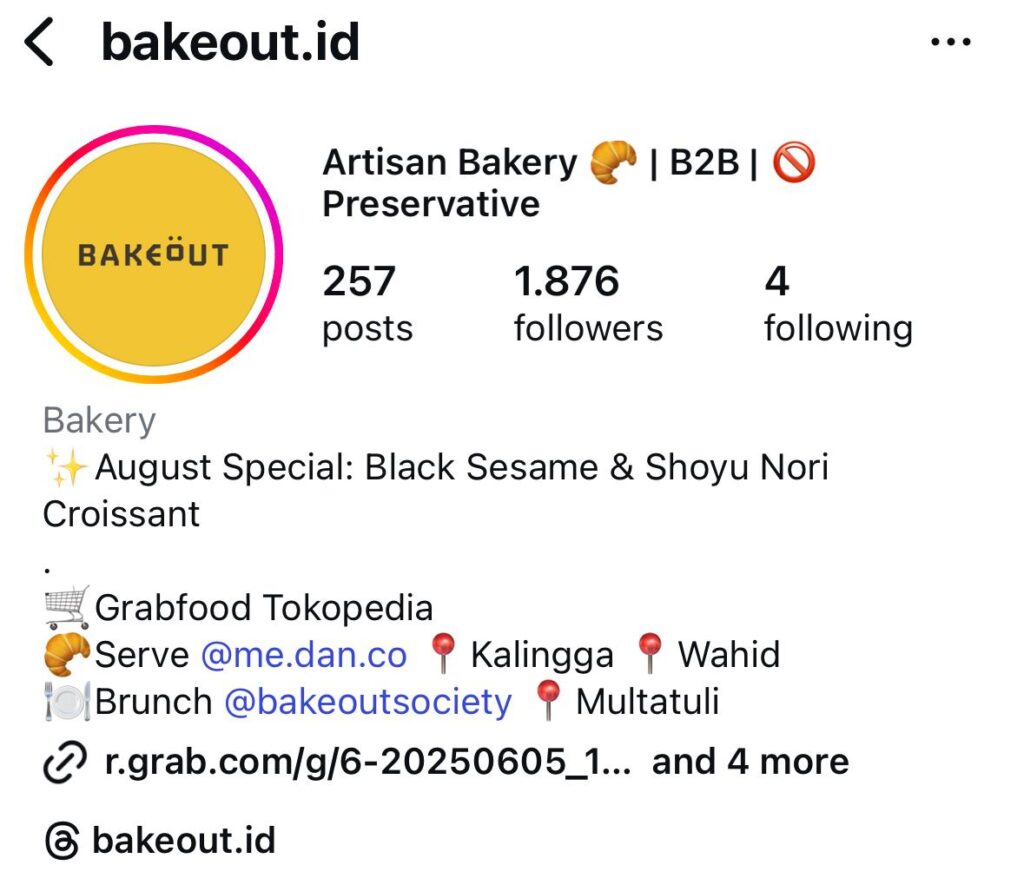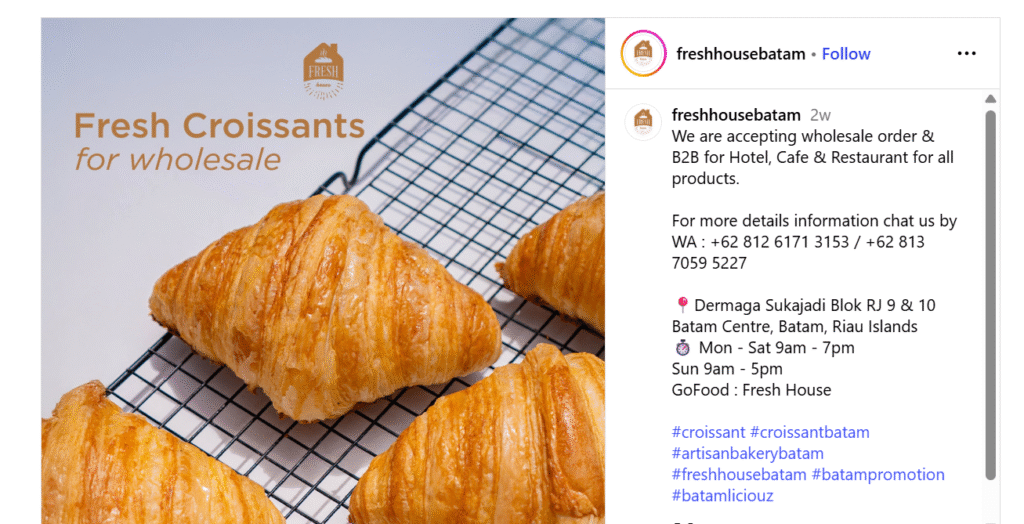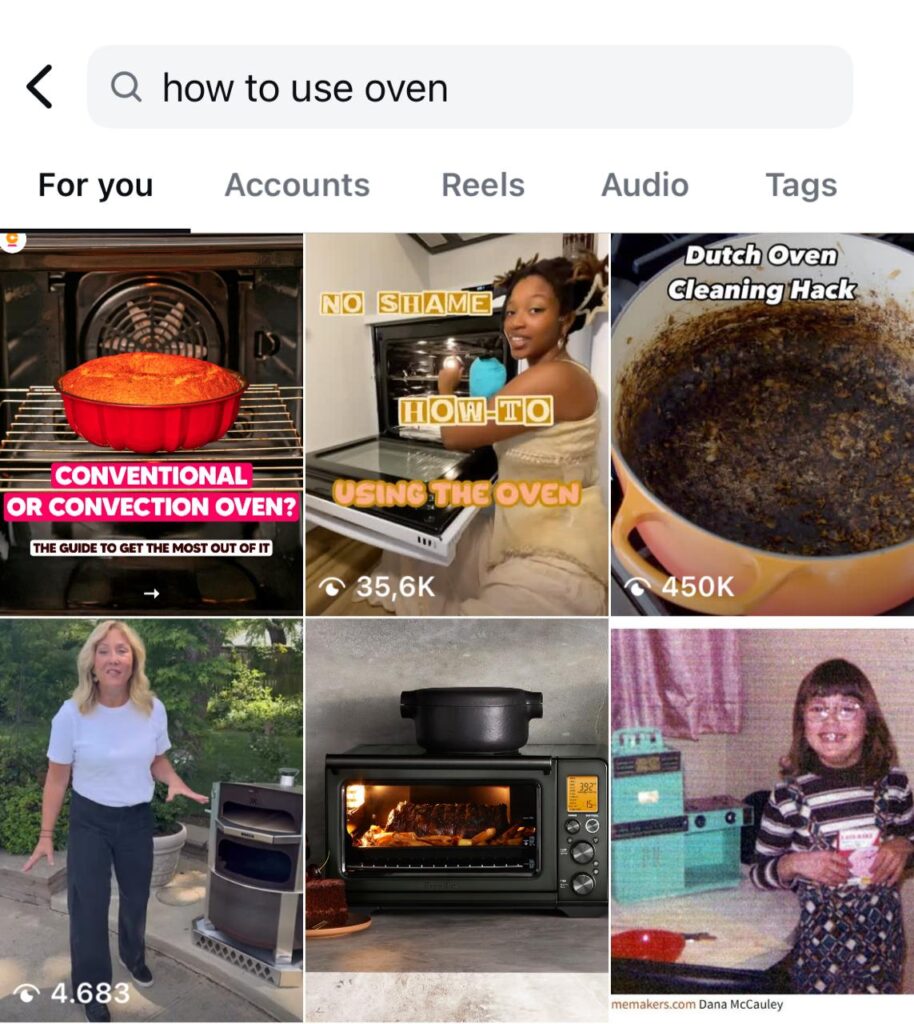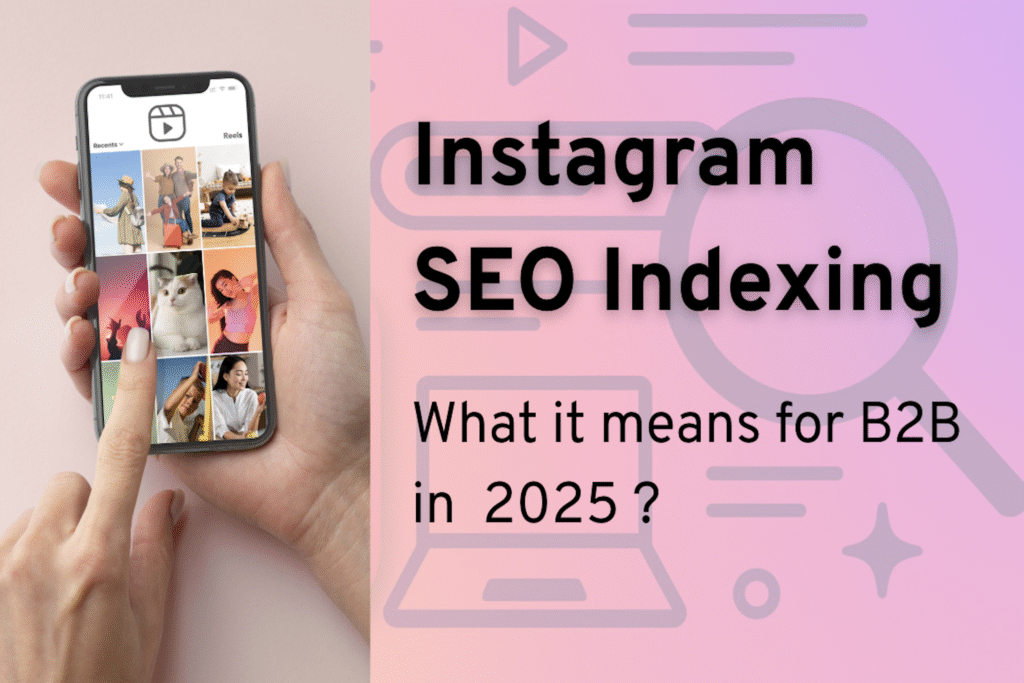Instagram SEO is evolving rapidly as the platform’s public content becomes searchable beyond the app. As of July 2025, Instagram has begun automatically indexing public content from professional accounts, meaning search engines like Google and Bing can now surface Instagram photos, videos, captions, hashtags, and more in search results¹. For B2B companies, this update isn’t just a social media feature, it’s a brand visibility game changer.
Instagram is no longer just a platform to build awareness inside the app. It now acts as a searchable content channel supporting discovery throughout the B2B buyer journey. With 80% of users following at least one business on Instagram. Moreover, only 33% of B2B companies are active on Instagram, revealing a gap full of opportunity. Twhe visibility gap is wide and full of opportunity². If your company’s Instagram content is relevant, optimized, and tied to your SEO strategy, it can become a powerful entry point for new leads.
Instagram SEO: Publicly indexed content explained
Before 2025, only the platform’s in-app search or your followers could discover Instagram contentju. Now, as Instagram opens up to external indexing, it effectively becomes part of your website ecosystem.
Key types of content being indexed:
- Instagram profile names and bios
- Post captions and comments
- Reels, carousel slides, and cover images
- Hashtags and ALT text for images
This opens the door for B2B marketers to target search intent from decision-makers using Instagram content, not just blogs or landing pages.

Why Instagram SEO recent indexing changes matter to B2B companies
Traditionally, Instagram content was siloed, only visible inside the app. For B2B companies, that meant your social content was invisible to decision-makers unless they followed you. Now, Instagram becomes part of your SEO footprint, helping you reach procurement officers, distributors, and business leads through organic search. With younger B2B buyers increasingly turning to visual platforms for information consumption, having your post indexed in Google will allow to capture additional views and brand exposure, this is especially useful as “top-of-funnel” and “brand awareness” stages.
How B2B companies can optimize Instagram SEO
To leverage Instagram’s new SEO capabilities, B2B marketers must approach the platform with the same intentionality as website SEO. This means aligning Instagram content with your broader digital strategy, optimizing for search intent, and tracking performance. Here’s a step-by-step guide to get started:
1. Optimize your instagram account for search
Your Instagram profile is now a crawlable asset, acting as a “mini homepage” in search results. To maximize its visibility:

- Switch to a professional account: Only Business or Creator accounts are indexed. If you’re still using a personal account, switch now via Instagram’s settings.
- Incorporate keywords in your bio: Include terms that reflect your industry, services, or region (e.g., “SaaS for Supply Chain | Southeast Asia Solutions”). Adding your industry niche and active territories may support positioning for more long tail searches.
- Add a trackable link: Use a link to your website, a lead magnet (e.g., a white paper), or a UTM-tracked landing page to measure traffic from Instagram.
- Maintain consistent branding: Ensure your handle and display name align with your brand for easy recognition across channels.
Why it matters: A keyword-optimized profile increases the chances of ranking for branded and industry-specific searches, acting as an entry point for prospects
2. Write captions and “alt texts”
Description and accessibility features like Instagram captions and alt text are being used as additional text SEO signals. This is especially important for a medium that is mostly images and videos! Treat them as opportunities to rank for relevant queries:
- Craft keyword-rich captions: Research keywords your audience uses (e.g., “B2B logistics software” or “industrial IoT case study”) and weave them naturally into captions. Aim for 100-300 words to provide context without overwhelming readers.
- Use descriptive alt text: Instagram’s alt text feature (found in the “Advanced Settings” when posting) lets you describe images for accessibility and SEO. For example, describe a product demo as “Automated warehouse robot in action, Singapore facility.”
- Incorporate relevant hashtags: Use 5-10 industry-specific hashtags (e.g., #B2BManufacturing, #SupplyChainTech) to boost discoverability both in-app and on search engines.
Why it matters: Captions and alt text are crawlable, helping search engines understand your content and match it to relevant queries.

3. Turn reels and carousels into searchable assets
Reels and carousels are among Instagram’s most engaging formats, and their indexability makes them powerful for B2B SEO. Use them to create concise, value-driven content:

- Summarize long-form content: Turn blog posts or white papers into short Reels (e.g., “3 Ways AI Improves Supply Chain Efficiency”) or multi-slide carousels with actionable insights.
- Showcase product demos or case studies: Create Reels demonstrating your product in action or carousels highlighting customer success stories with clear captions.
- Optimize cover text and titles: Use keyword-rich text in Reel cover images (e.g., “B2B ERP Software Demo”) to signal relevance to search engines.
Why it matters: Visual content like Reels often ranks well for “how-to” or “demo” searches, which are common in B2B research phases.
Final thoughts: adapting to Instagram SEO for B2B success
Instagram’s SEO indexing is a new frontier for B2B marketers, and most companies haven’t yet adapted. This creates a window of opportunity to outpace competitors by optimizing your Instagram presence for search now. By understanding and adapting to these trends, businesses can not only meet evolving consumer demands but also build deeper connections with their customers.
Explore our insightful articles on SEO marketing strategies for more insights
- E-E-A-T for B2B businesses: how to build website SEO credibility
- 3 Essential Marketing Trends for B2B Companies
- How B2B manufacturers can optimize for zero-click searches in 2025
Discover how Reachlane can help you navigate these trends and position your brand for success in SEO.
Last updated on:
Sources
1. The Keyword
2. Foundation




